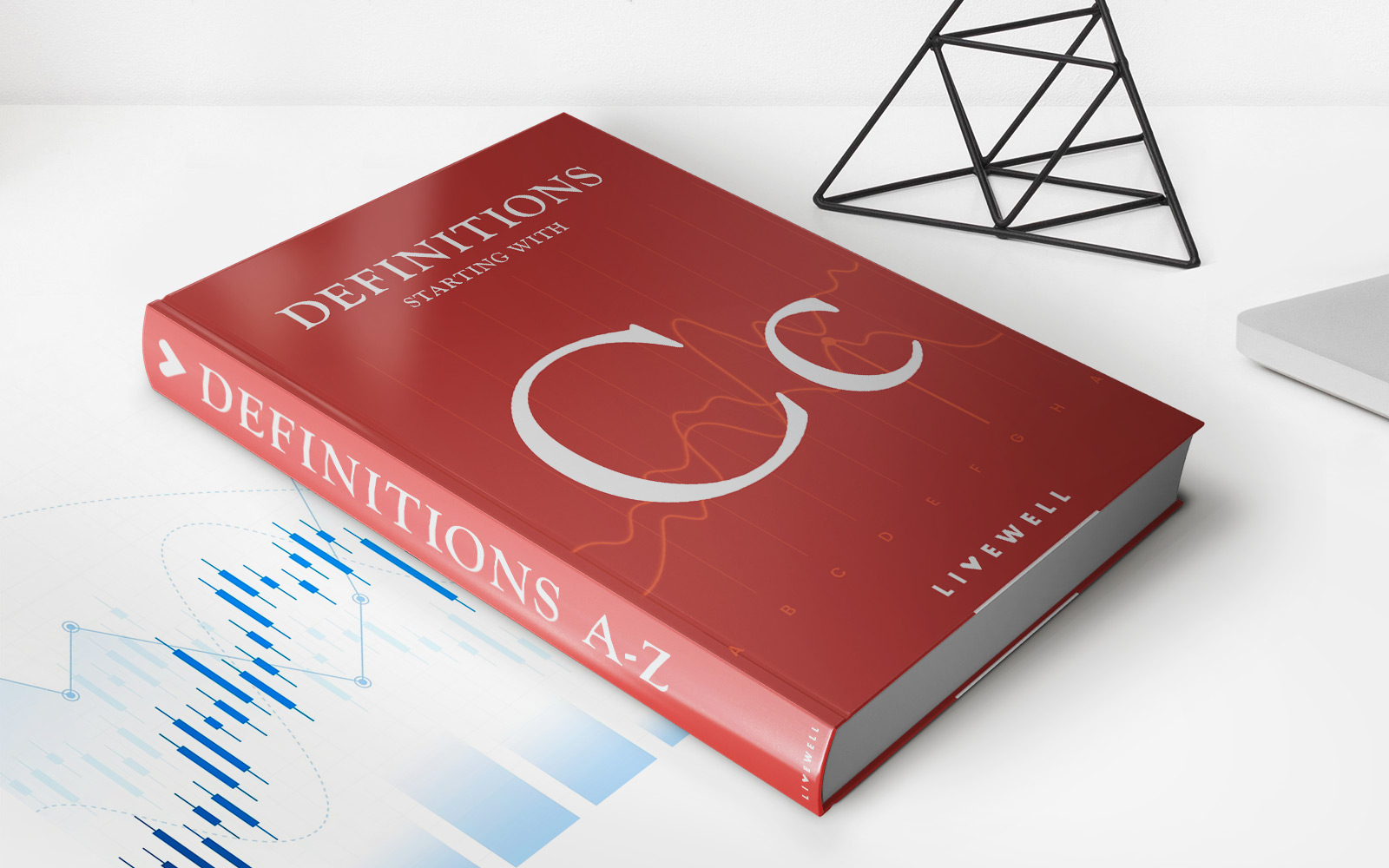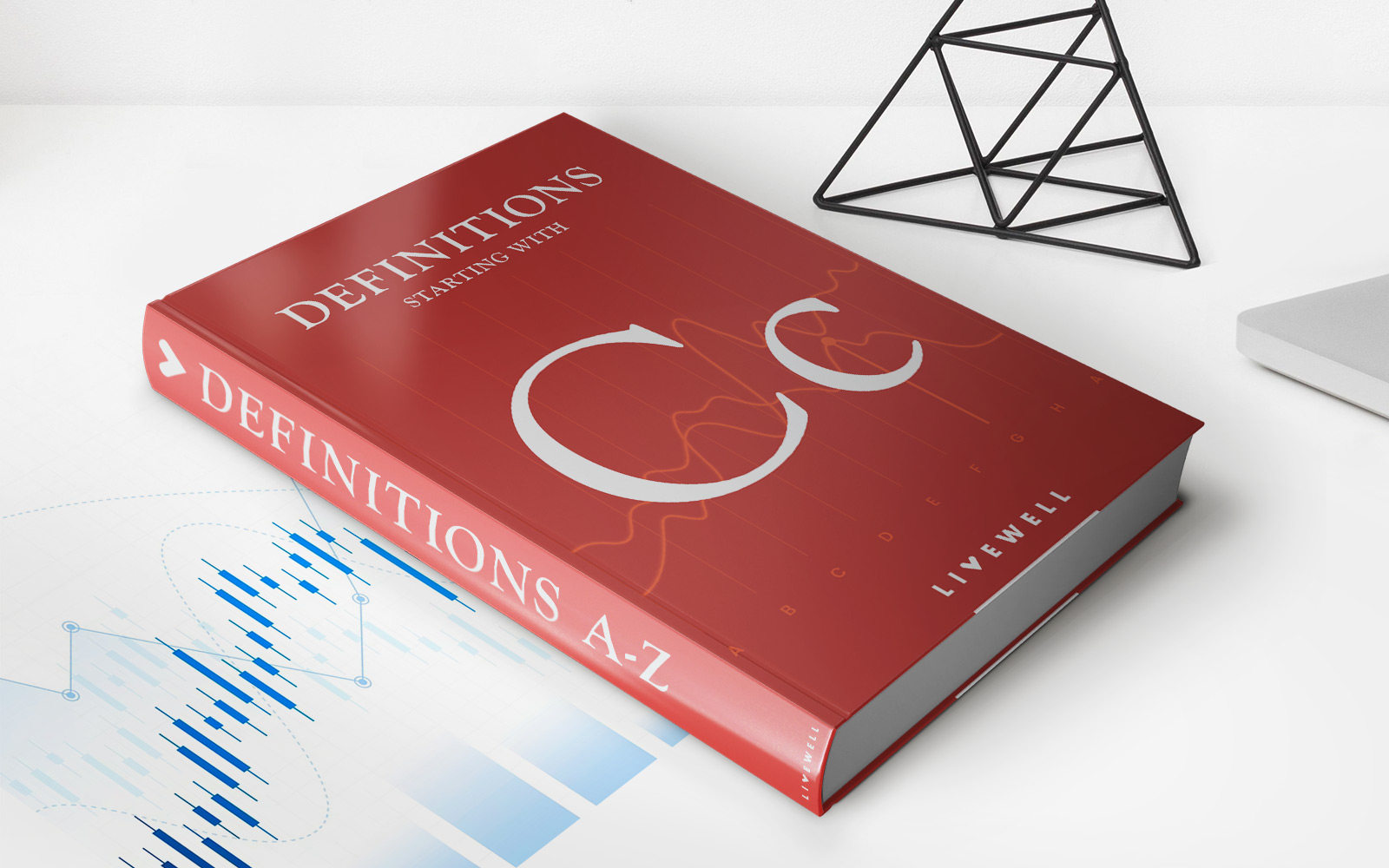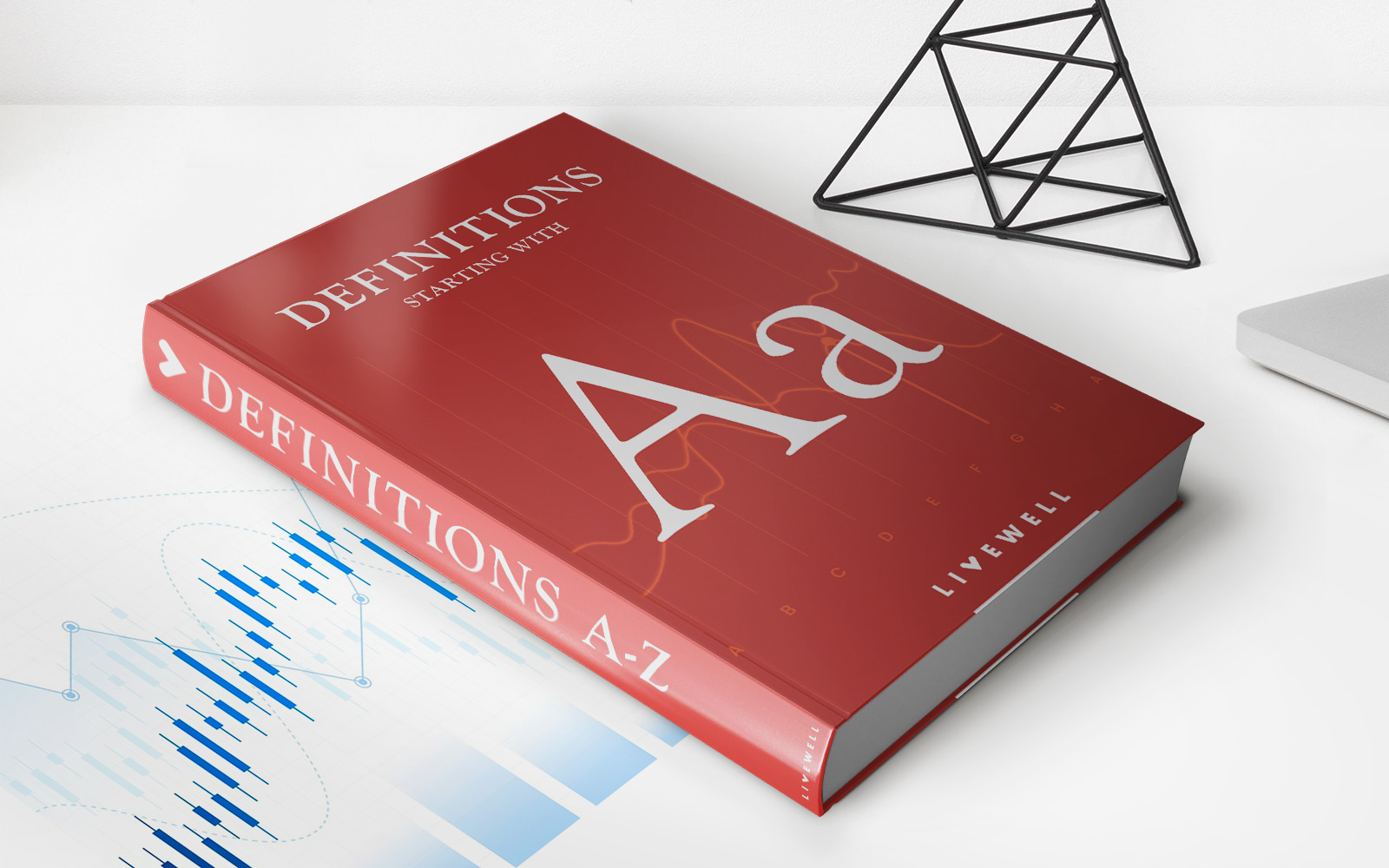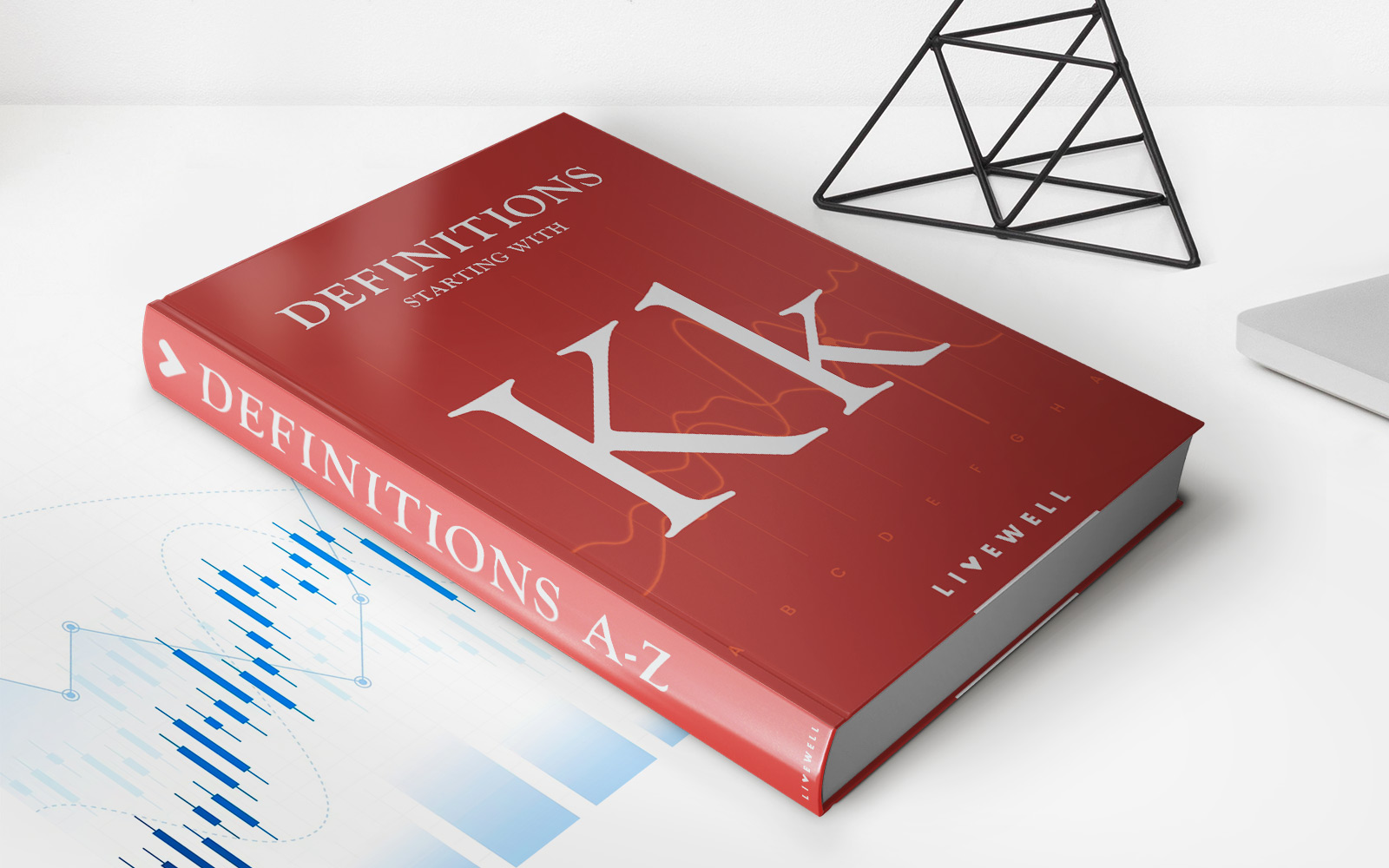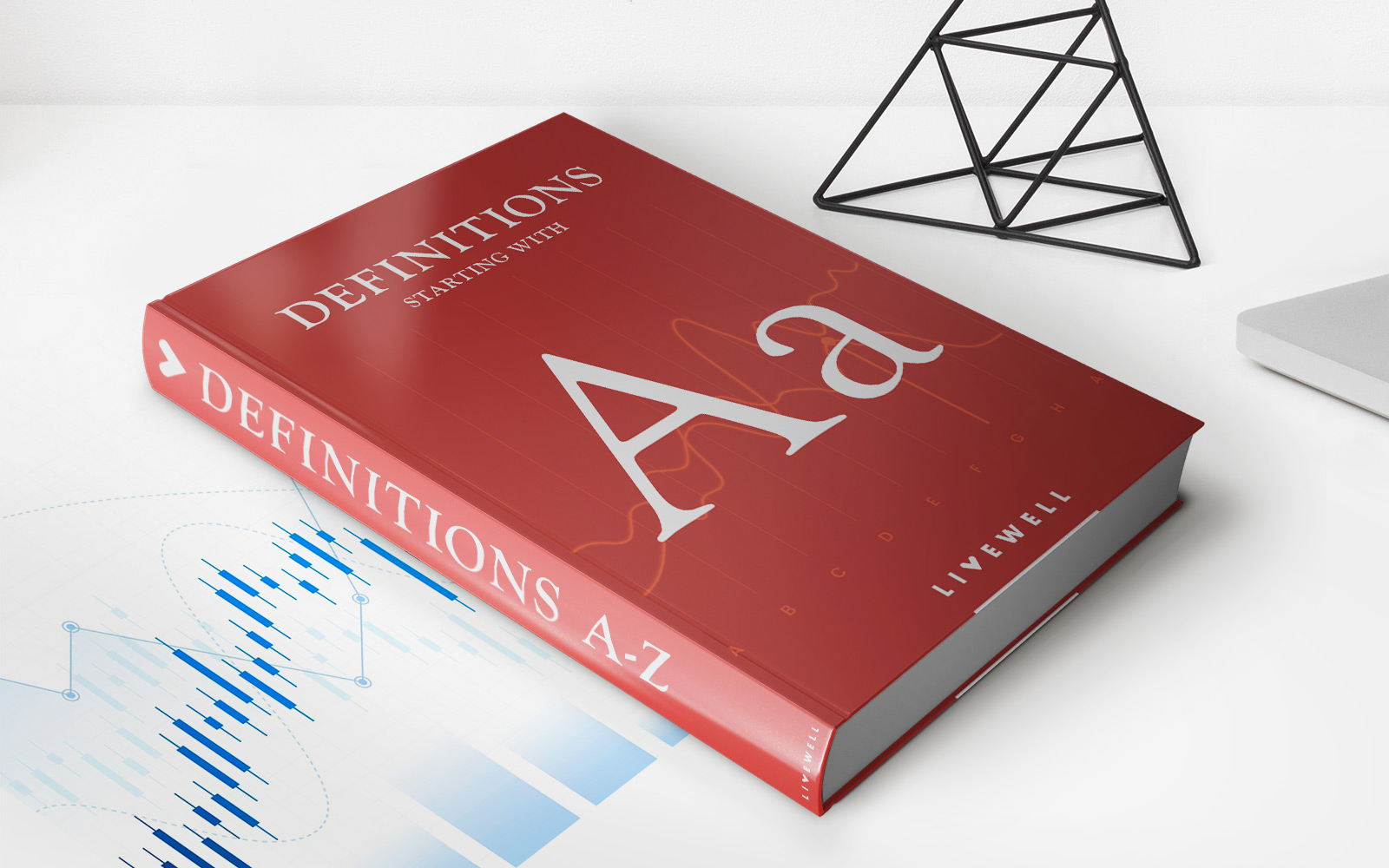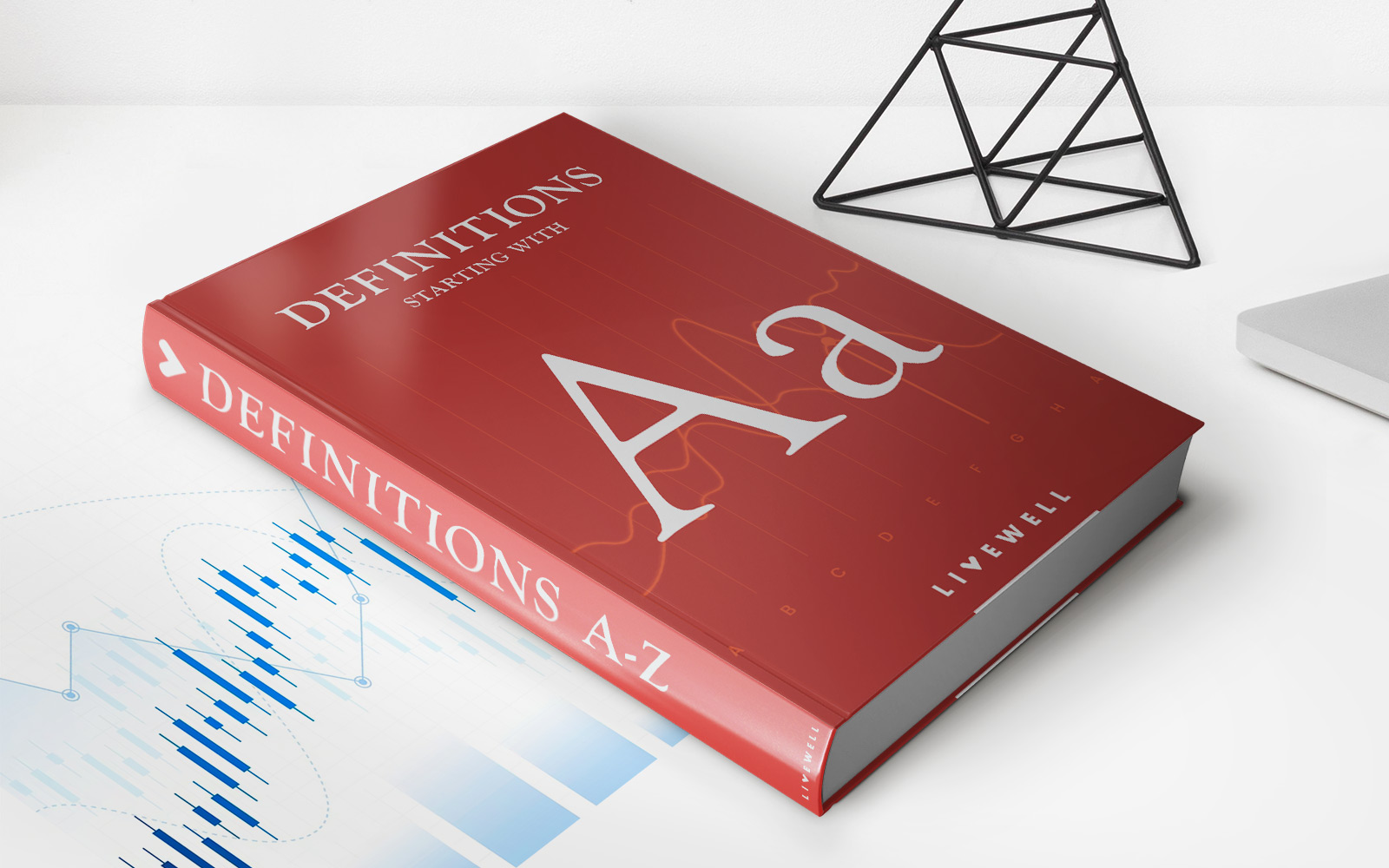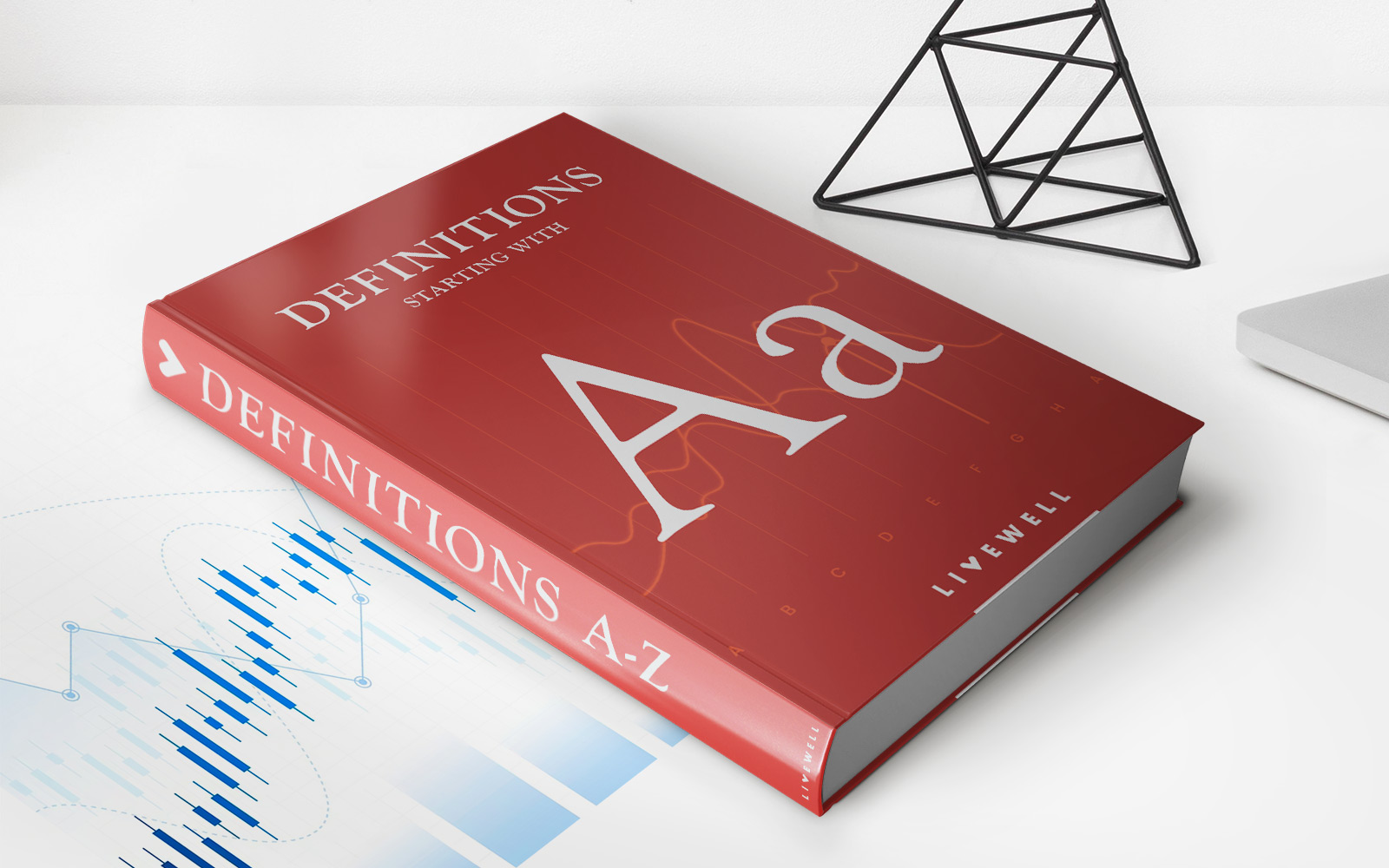Home>Finance>Stagnation: Definition, How It Works, And Example
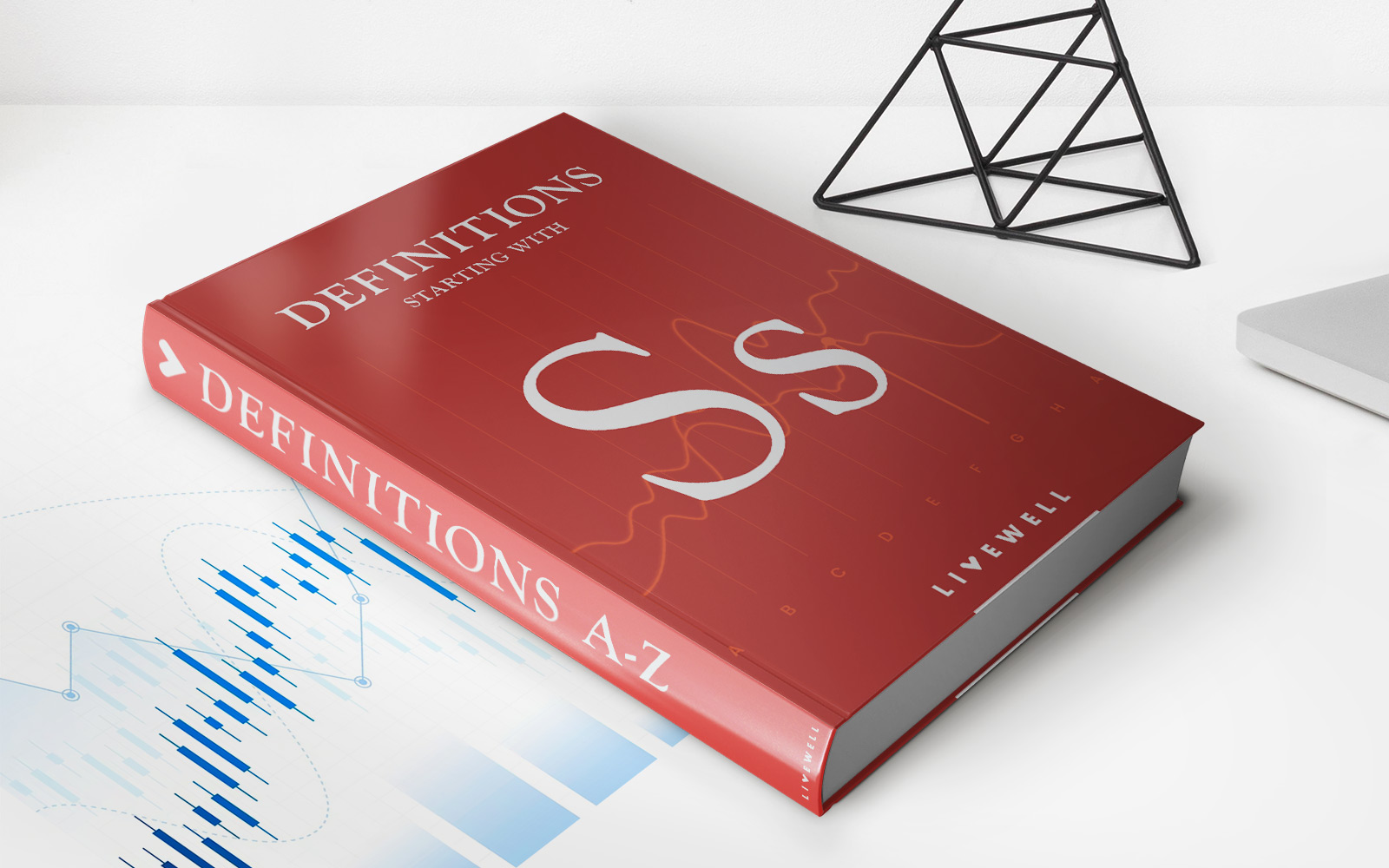

Finance
Stagnation: Definition, How It Works, And Example
Published: February 1, 2024
Learn about stagnation in finance, including its definition, how it works, and an example to better understand its impact on financial markets.
(Many of the links in this article redirect to a specific reviewed product. Your purchase of these products through affiliate links helps to generate commission for LiveWell, at no extra cost. Learn more)
Understanding Stagnation in Finance: Definition, How It Works, and Example
Welcome to our Finance category, where we dive deep into various concepts and topics that impact our financial well-being. In this blog post, we will be exploring the concept of stagnation and how it affects the economy and individuals alike. Have you ever wondered what stagnation truly means and its consequences? Well, you’ve come to the right place!
Key Takeaways:
- Stagnation refers to a prolonged period of economic inactivity or slow growth.
- It can manifest as stagnation in wages, job growth, or overall economic output.
Stagnation is not just a fancy word economists throw around; it has real implications for individuals, businesses, and society as a whole. To understand stagnation better, let’s break it down:
What is Stagnation?
Stagnation, in the context of finance and economics, refers to a prolonged period of economic inactivity or slow growth. It is a period characterized by minimal or no growth in areas such as wages, job creation, consumer spending, and overall economic productivity. When an economy experiences stagnation, it fails to meet its full potential, resulting in a stagnation of opportunities for individuals and businesses.
Stagnation can occur due to various factors, such as inadequate investments, declining productivity, changing market dynamics, or even economic policies that hinder growth. It is essential to remember that stagnation is not a temporary blip but rather a more prolonged and persistent issue that can have far-reaching consequences.
How Does Stagnation Work?
Stagnation can affect different aspects of an economy, causing a ripple effect that impacts individuals, businesses, and even the government. Here’s a breakdown of how it typically plays out:
- Low Economic Growth: Stagnation often leads to slow or negative economic growth, where the overall output of goods and services remains stagnant or declines. This can create a vicious cycle, as low growth further exacerbates stagnation.
- Unemployment and Wage Stagnation: In a stagnant economy, job creation can slow down significantly, leading to high unemployment rates. Additionally, stagnant wages become a common issue, as employers have limited incentives to increase salaries in a struggling economy.
- Decreased Consumer Spending: When individuals experience stagnation in wages or uncertain employment prospects, they tend to reduce their spending. This decreased consumer spending further impacts businesses and the overall economy.
- Investment Decline: Stagnation can also discourage investment, as businesses become less willing to invest in new ventures or expand existing operations in an uncertain economic climate. This lack of investment can hinder the potential for future growth.
Example: The Lost Decade in Japan
An excellent example of stagnation in recent history is the “Lost Decade” in Japan, which lasted from the early 1990s to the early 2000s. During this period, Japan experienced a prolonged economic stagnation, with minimal or no growth in GDP, persistent deflation, and limited job creation.
One of the primary causes of the Lost Decade was a bursting real estate and asset price bubble, which triggered a banking crisis and subsequent economic downturn. The Japanese government’s response to the crisis was slow and ineffective, leading to a period of prolonged stagnation.
The consequences of the Lost Decade were significant, with a decline in consumer spending, rising government debt, and limited opportunities for individuals in terms of job prospects and wage growth. The Lost Decade serves as a stark reminder of how the effects of stagnation can linger for an extended period, impacting an entire generation.
In Conclusion
Stagnation is not a concept to be taken lightly, as it has the power to hinder economic growth, limit opportunities, and affect individuals’ financial well-being. Understanding its definition, how it works, and looking at real examples can help us comprehend its impact better. As we navigate the world of finance, it is crucial to stay informed and adapt to the changing economic landscape to mitigate the effects of stagnation.
We hope this blog post has shed some light on the concept of stagnation and its implications. Feel free to explore our other finance-related articles for more insights and knowledge. Together, let’s strive for a future conducive to growth, innovation, and economic prosperity.
